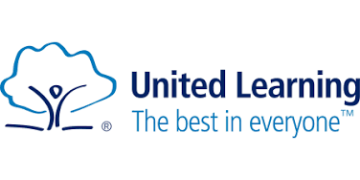Across the political spectrum, there’s increasing discussion about the need for young people to leave school with the financial skills they need for adult life. But too often, the debate stops short. What do young people mean by “financial education”? And where is it best covered within the curriculum, if we even know what it means?
To answer both of these questions, the Maths Horizons team went below the surface of the often-repeated request to “put financial education on the curriculum”. Our research today, based on polling of 4,000 young people aged 11 to 30, found three important things.
First, when asked what financial literacy means, young people overwhelmingly said one thing: learning how to manage money. Everything else was well down the list into indifference. Not equations or calculating interest rates, but day-to-day skills.
Second, and probably relatedly, young people don’t see this as a maths question. In fact, the largest proportion of young people said this should be taught as a standalone subject, or incorporated fully into citizenship or tutor time.
And third, we found no evidence that studying financial education in schools correlated with greater confidence as a young adult.
Because financial education has been in the primary curriculum in Scotland, Wales and Northern Ireland for over a decade, and in the secondary citizenship curriculum in England since 2014, we can compare outcomes between young adults who did and didn’t receive formal financial education at school across the four nations based their behaviour as adults.
We find no difference in the number of young people recognising financial terms (or correctly identifying made-up concepts) by whether they were taught this in school.
We also found no evidence that teaching financial education in schools, whether in maths or elsewhere, makes a meaningful difference to financial confidence in adulthood.
The strongest predictors of financial confidence were experience and practice as a young adult: using a credit card, setting a budget or even just talking about money at home. Maths attainment showed a small positive effect, but being taught financial education at school, in and of itself, wasn’t a statistically significant factor.
It would be a mistake to embed this in the maths curriculum
This matters because the government’s curriculum and assessment review is considering whether financial literacy should be more explicitly embedded in secondary schools, and specifically the maths curriculum.
There are many who make this case, but our data today suggests that it would be a mistake to embed this in the maths curriculum. Doing so risks making it less accessible to those who already find the subject challenging.
Our polling shows that the young people who are least confident about money are often those who are also least engaged with maths. For these students, embedding financial education in a subject they already find difficult may reduce, rather than increase, their engagement with it.
We also risk crowding out core mathematical content that already needs more time and attention. Maths teachers are under pressure. Requiring them to deliver yet another domain – especially one they may not feel confident teaching – is unlikely to improve outcomes in either area.
That doesn’t mean financial contexts have no place in maths. Using real-life examples can make abstract concepts feel more relevant and engaging. But that’s not the same as turning financial literacy into a strand of the maths curriculum. For most young people, managing money is about life preparation, not algebra or data handling.
Instead, we should create space elsewhere in the school week, through tutor time, citizenship or standalone lessons, where the focus can be on building real-world confidence, not just theoretical knowledge.
If we’re serious about building a financially capable generation, we need to meet young people where they are. They’ve told us what they want. Now it’s up to us to listen.
Read the full report here










I am a retired maths teacher! I always taught compound interest within the context of sequences and series because it is such an eye opener in terms of saving money!